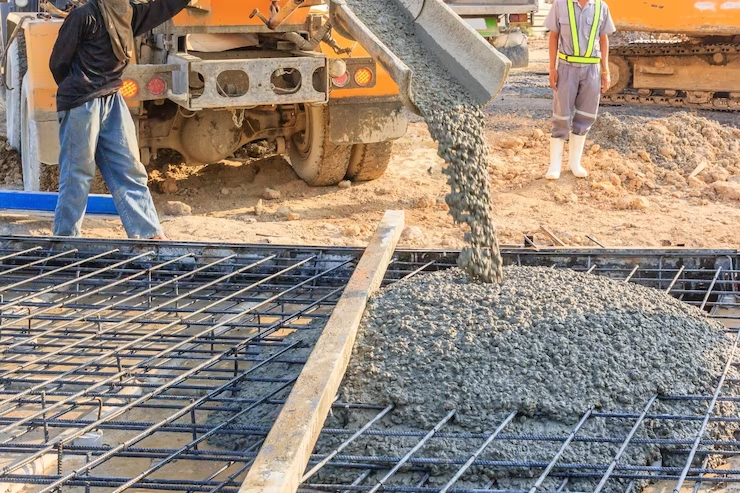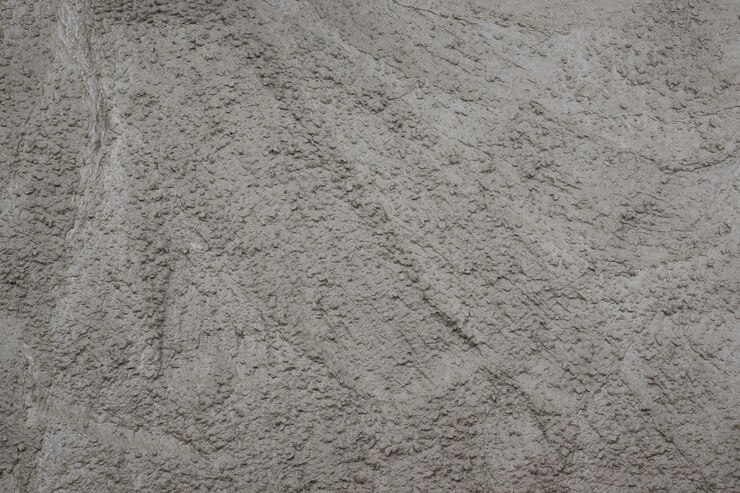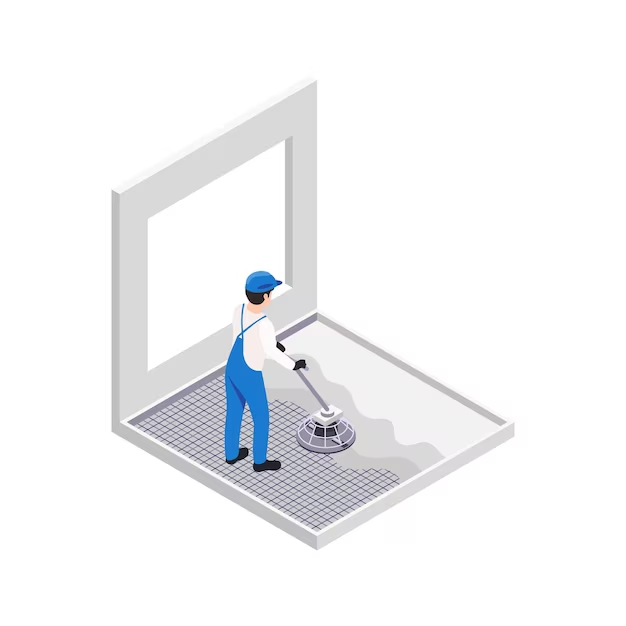I. Introduction
Concrete, a stalwart in construction, is renowned for its strength and durability. However, like any material, it is not immune to wear and tear. This article delves into the world of concrete repair, exploring the common issues faced, the causes behind them, and the diverse methods to rectify and prevent further damage.
Common Concrete Issues
Concrete, despite its robust nature, is susceptible to various issues that can compromise its integrity. Understanding these common problems is essential for effective concrete repair and maintenance.

Cracks and Fractures
Cracks can develop in concrete due to various factors, including shrinkage, settlement, or excessive loading. Fractures, if left unattended, can lead to more significant structural problems. Identifying the root cause is crucial for implementing the appropriate repair solution.
Spalling and Scaling
Spalling occurs when the surface of concrete chips or flakes away, often due to freeze-thaw cycles, chemical exposure, or poor curing practices. Scaling, on the other hand, involves the loss of the top layer of concrete. Both issues compromise the aesthetics and durability of the structure.
Uneven Settlement
Uneven settlement results in an uneven surface, causing structural imbalances. This issue can stem from poor soil compaction, water-related problems, or inadequate foundation design. Addressing uneven settlement promptly is vital to prevent further damage.

Understanding and addressing these common concrete issues are crucial steps towards maintaining the longevity and stability of concrete structures. Regular inspections and timely repairs play a pivotal role in ensuring the structural integrity of concrete surfaces.
Strength and Durability
Concrete, celebrated for its robustness, stands as a testament to the durability expected from modern construction materials. Preserving the inherent strength and longevity of concrete structures is not merely an aesthetic consideration; it is a fundamental aspect of responsible construction practices. In the dynamic realm of architecture and infrastructure, the preservation of concrete’s strength requires a multifaceted approach that encompasses proactive maintenance, strategic repairs, and a keen understanding of environmental influences.
To begin with, proactive maintenance plays a pivotal role in safeguarding the integrity of concrete. Regular inspections serve as a preemptive strike against potential issues that may compromise the structure’s strength. The watchful eye of inspectors can identify subtle signs of distress, such as hairline cracks or surface irregularities. Addressing these concerns at an early stage is akin to administering preventative medicine. It helps mitigate the risk of more severe structural problems, extending the lifespan of the concrete and ensuring its continued ability to bear substantial loads.

Understanding the environmental factors
influencing concrete deterioration is paramount in developing effective preservation strategies. Concrete, while formidable, is not impervious to the forces of nature. Freeze-thaw cycles, exposure to aggressive chemicals, and poor installation practices can collectively erode its structural integrity over time. Preservation, therefore, involves not only repairing visible damage but also implementing measures to shield concrete from these environmental aggressors. This might include using protective coatings, improving drainage systems, or selecting concrete mixes tailored to withstand specific conditions.
Furthermore, the commitment to preserving strength extends beyond reactive repairs; it embraces sustainable practices and eco-friendly materials. The construction industry is increasingly recognizing the importance of minimizing its environmental footprint. Incorporating green building practices into concrete repair not only aligns with global sustainability goals but also ensures that the solutions implemented contribute positively to the broader ecosystem. From recycled aggregates to energy-efficient repair processes, the choices made in the preservation of concrete strength can echo the principles of responsible environmental stewardship.

Preserving the Strength and Durability
In essence, preserving the strength and durability of concrete is a holistic endeavor that intertwines vigilance, timely interventions, and a commitment to environmentally responsible practices. It is a recognition that the life cycle of concrete extends far beyond its initial setting, requiring ongoing care to ensure it continues to meet the demands of modern construction standards. By embracing these principles, we not only safeguard the structural prowess of concrete but also contribute to a more sustainable and resilient built environment. In doing so, we lay the groundwork for a future where concrete structures stand not just as testaments to human engineering but as monuments to responsible, enduring craftsmanship.

Frequently Asked Questions
- How do I know if my concrete needs repair?
- Regular inspections for cracks, spalling, or settling can signal potential issues. If in doubt, consult a professional.
- Can I repair concrete on my own?
- Minor repairs can be DIY, but for major issues, it’s advisable to hire a professional to ensure a lasting solution.
- What are the benefits of preventive maintenance for concrete?
- Preventive maintenance helps identify and address issues early, saving costs and extending the life of the structure.
- Are there eco-friendly options for concrete repair?
- Yes, many sustainable practices and materials are available for environmentally conscious concrete repairs.
- How long does a concrete repair project typically take?
- The duration varies based on the extent of damage. Minor repairs may take a day, while major structural repairs can span several days.


